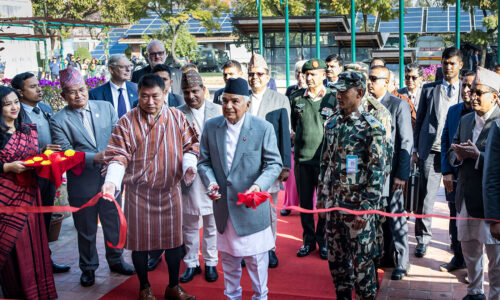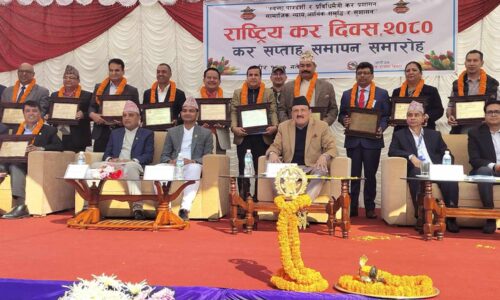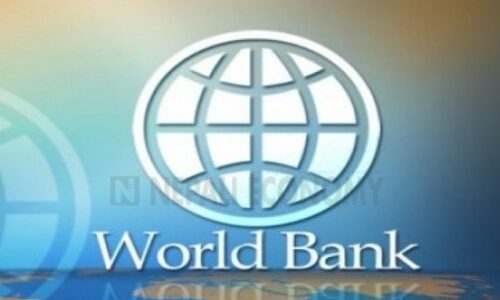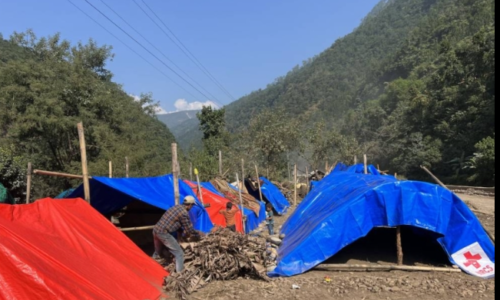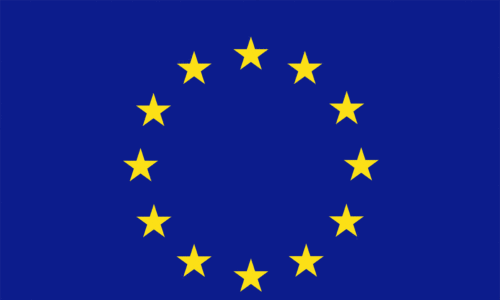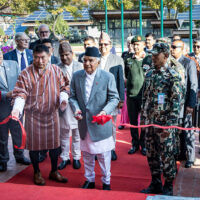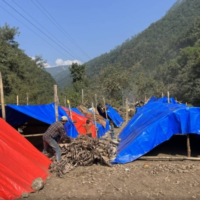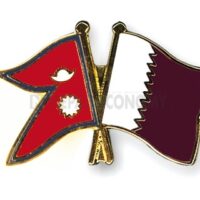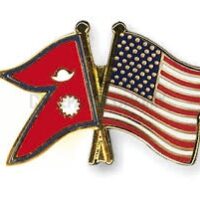Nepal’s failure in taking advantage from the bilateral trade treaty with India fueled the trade deficit, according to a report.
The average growth rate of Nepal’s exports to India since 2009 remained a meager six per cent annually, said the central bank’s report ‘An Assessment of Export barriers of Nepalese Products to India,’ released here today.
“When Nepal and India renewed the trade treaty in 2009, Nepal’s share in India’s imports from South Asia was 27 per cent,” it said, adding that India has signed trade treaty with almost all South Asian countries but Nepal failed to reap benefits from bilateral trade arrangement.
When Bangladesh signed the trade pact with India in 2006, its share in India’s imports from the region was just nine per cent, whereas Pakistan’s share was 13 per cent during the signing of pact in 2006, and Sri Lanka’s share was nine per cent in 2000, when two countries held a tea and garment meeting, a year after signing free trade agreement in 1999.
But Pakistan’s share in India’s imports from the region increased to 20 per cent from just eight per cent a decade ago. Likewise, Sri Lanka’s share surged to 23 per cent from 17 per cent, and Bangladesh’s share doubled to 24 per cent from 12 per cent over the period, the report added.
The report revealed that Nepal’s share in India’s imports from South Asian countries has declined massively over the last decade, while most of other countries increased their share.
Nepal’s share dropped to 20 per cent in 2012-13 compared to 53 per cent in 2002-03 due to eroding competitiveness of exports sector, the study noted.
The report also concluded that India’s expansion of market access for other countries became Nepal’s loss. Despite duty-free access to Indian market, Nepal gradually lost its export competitiveness as India was opening its markets to all the South Asian countries, said the report.
The study that has tried to identify export barriers held discussions with respondents in key cross-border trade routes, including Kakkarbhitta-Panitanki, Birat-nagar-Jogbani, Birgunj-Raxaul, Bhairahawa-Sunauli, Nepalgunj-Rupaidia and Dhangadhi-Gaurifanta.
The majority of respondents blamed power crisis, poor infrastructure, labour problems and excessive politicisation of labour as the primary factors and procedural and policy barrier as secondary factors for Nepal’s export promotion.
Likewise, lack of implementation of facilities of India-Nepal bilateral trade agreement and non-tariff barriers like quality issues and transport connectivity have also been attributed to the falling exports to India.
Nepal’s trade deficit with India ballooned to Rs 413.32 billion in the last fiscal year 2013-14, according to the central bank. Nepal exported Rs 59.41 billion
worth goods to India, whereas imported Rs 472.73 billion worth merchandise in the last fiscal year.
Petroleum products is the largest import of the country from India paying Rs 131.33 billion, almost one-and-a-half times the total exports bill.




